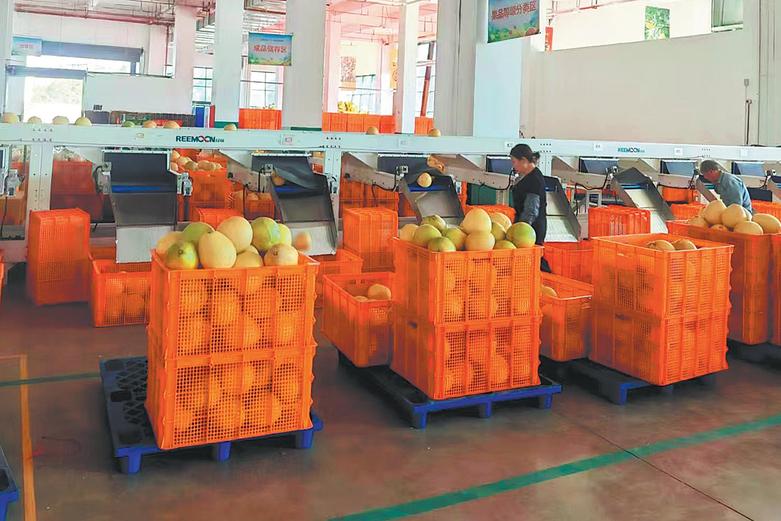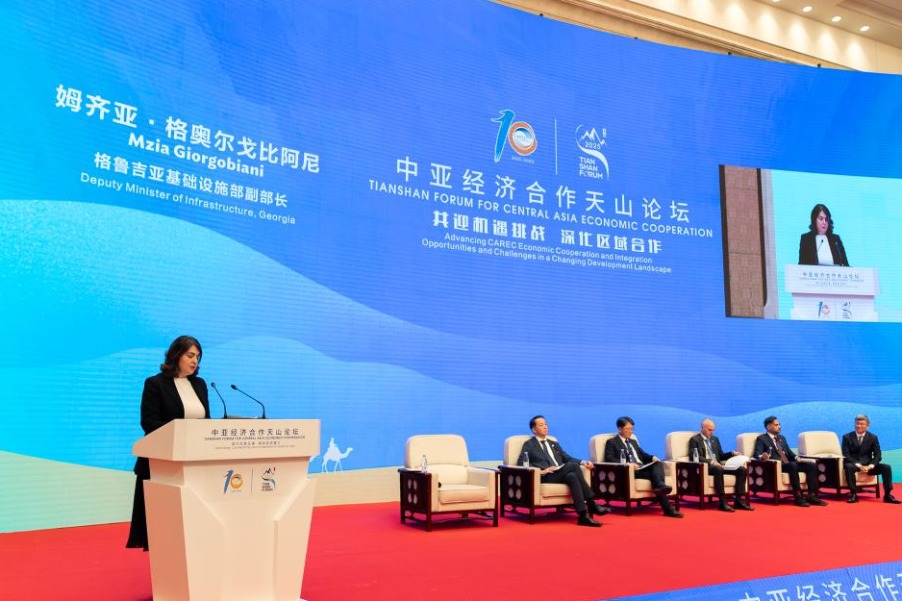Chinese researchers create antioxidant-rich purple rice to combat cancer, other diseases

WASHINGTON -- Researchers in China have successfully created genetically modified purple rice that is rich in antioxidants and thus has the potential to reduce the risk of cancer and other diseases, according to the study published this week in the journal Molecular Plant.
The added health benefits of the new rice came from high levels of anthocyanins, a group of antioxidant-boosting pigments that also provide the purple, red or blue colors of many fruits and vegetables.
Consumption of rice rich in anthocyanins can benefit human health, decreasing the risk of certain cancers, cardiovascular disease, diabetes, and other chronic disorder, said the journal Molecular Plant.
However, previous attempts to engineer anthocyanin production in rice have failed because the underlying biosynthesis pathway is highly complex.
To address this challenge, Yao-Guang Liu of the South China Agricultural University and his colleagues first set out to identify the genes related to anthocyanin production in different rice varieties.
The team also pinpointed the defective genes in japonica and indica, subspecies that do not produce anthocyanins.
Then, the researchers developed what they called "a highly efficient, easy-to-use transgene stacking system" and used it to insert eight genes needed to produce anthocyanin into the japonica and indica rice varieties.
As expected, the resulting purple rice had high anthocyanin levels and antioxidant activity.
"This is the first demonstration of engineering such a complex metabolic pathway in plants," Liu said in a statement.
In the future, the researchers believed that their strategy could be used for the production of many other important nutrients and medicinal ingredients.
The researchers now planned to evaluate the safety of the new purple rice as biofortified food, and they will also try to engineer the biosynthesis of anthocyanins in other crops to produce more purple cereals.
"Our research provides a high-efficiency vector system for stacking multiple genes for synthetic biology and makes it potentially feasible for engineering complex biosynthesis pathways in the endosperm of rice and other crop plants such as maize, wheat, and barley," Liu said.
- Intl students showcasing global business acumen in Shanghai
- CPC expels former senior official of Guangxi
- Shanghai university unveils sustainable, efficient water treatment system
- Fire at auto business park in Jiangsu claims one life
- Magnitude 6.0 earthquake strikes Akqi county in Xinjiang
- Shenzhou XXI team to carry out first spacewalk






































